Ground shipping is currently paused. Local deliveries throughout Long Island will continue as usual. Pre-orders for fall are now open. Non-local orders will begin shipping again in early September. Click here to learn more.
Ground shipping is currently paused. Local deliveries throughout Long Island will continue as usual. Pre-orders for fall are now open. Non-local orders will begin shipping again in early September. Click here to learn more.
| Size | |
|---|---|
| Common Name | |
| Type | |
| Family | |
| Native? | |
| Zone | 3, 4, 5, 6, 7, 8, 9 |
| Height Range (ft.) | 50 to 80 |
| Spread (ft.) | 30 to 60 |
| Bloom Time | |
| Bloom Description | elongated, pendulous clusters, fragrant white flowers, Small |
| Sun | |
| Water | |
| Maintenance | |
| Suggested Use | |
| Tolerate | |
| Attracts | |
| Growth Rate |

Black Cherry is a native shade tree with fragrant spring flowers, summer fruits, and valuable wildlife support. Ideal for large landscapes and restoration plantings.
$27.99 – $149.99Price range: $27.99 through $149.99
Please note: Sizes 1.5 Gallon and up can’t be shipped outside the counties of Nassau, Suffolk, and Queens.
Learn more about how the process works and how our plants are delivered.
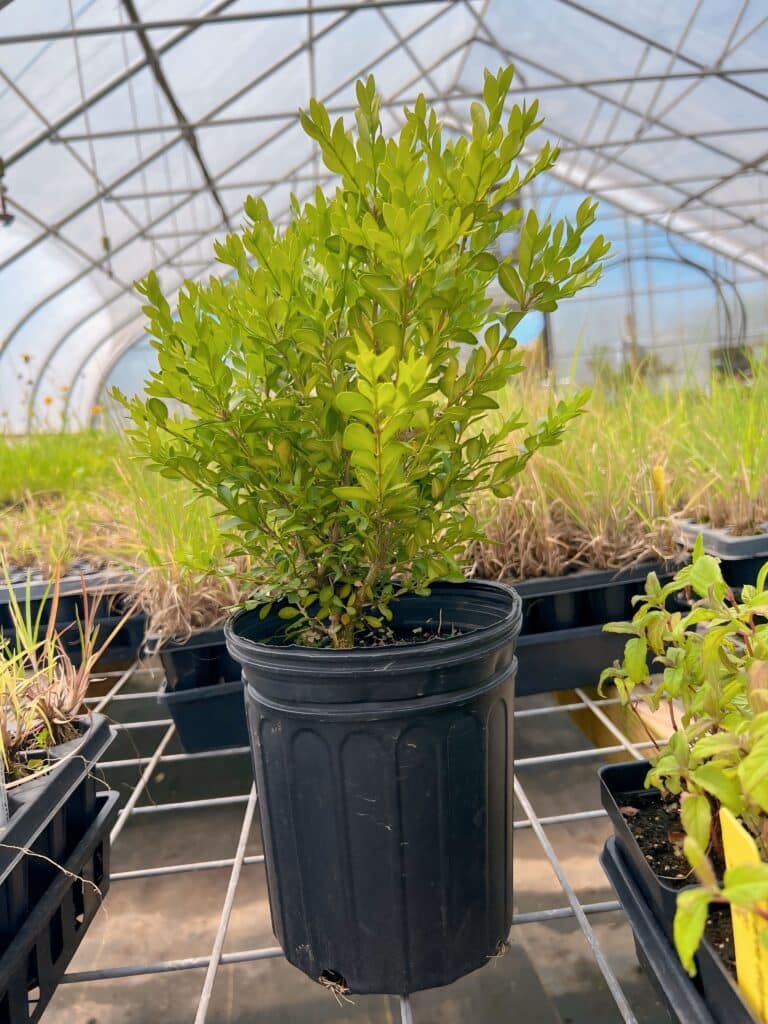

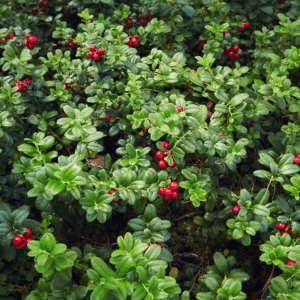
Ground shipping is paused due to summer heat. Only local delivery (Long Island & Queens) is available. Orders placed during the pause will begin processing September 1, and ground shipping will resume September 15.
| Size | |
|---|---|
| Common Name | |
| Type | |
| Family | |
| Native? | |
| Zone | 3, 4, 5, 6, 7, 8, 9 |
| Height Range (ft.) | 50 to 80 |
| Spread (ft.) | 30 to 60 |
| Bloom Time | |
| Bloom Description | elongated, pendulous clusters, fragrant white flowers, Small |
| Sun | |
| Water | |
| Maintenance | |
| Suggested Use | |
| Tolerate | |
| Attracts | |
| Growth Rate |
Prunus serotina, commonly known as Black Cherry, is a large, fast-growing native deciduous tree found throughout eastern and central North America. Reaching heights of 50 to 80 feet, Black Cherry is valued for its fragrant white spring flowers, glossy dark green foliage, and attractive reddish-brown bark that becomes scaly with age.
In late summer, Black Cherry produces small, dark purple to black fruits that are a vital food source for birds and mammals. Its flowers attract native bees and butterflies, making it an important tree for supporting pollinators. As a keystone species, Black Cherry hosts hundreds of species of caterpillars, supporting bird populations and increasing biodiversity. It is also prized for its high-quality wood, commonly used in furniture and cabinetry.
/5
Total reviews
|
|
Persons recommended this product
Anonymous
Shopper
check_circle Verified
Shop owner replied
Was this helpful
Anonymous
Shopper
check_circle Verified
Shop owner replied
Was this helpful
There are no reviews yet.
Be the first to review “ ”
Your feedback helps us improve our service.
Please log in to submit a review.


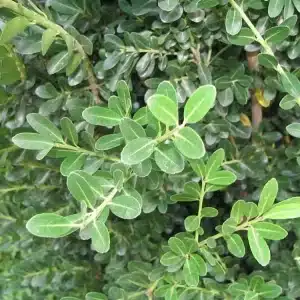
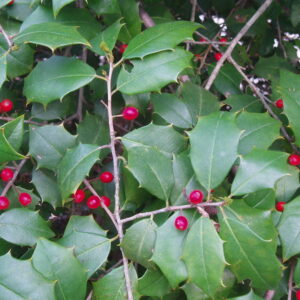
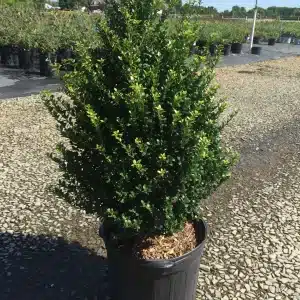


Black Cherry is a medium to large deciduous tree, typically reaching 50 to 80 feet tall, with a spread of 30 to 60 feet. In forested areas, it tends to grow tall and narrow, while in open landscapes, it develops a broad, irregular crown.
Black Cherry thrives in full sun and prefers moist, well-drained soils, but it is highly adaptable to a variety of soil types, including dry, rocky, or clay soils. It’s often found in woodland edges, meadows, and open fields, and it tolerates urban conditions reasonably well.
Black Cherry blooms in late spring (May to June), producing clusters of small, fragrant white flowers that are attractive to pollinators. By late summer, it develops small black cherries that are edible when fully ripe (though very tart and often used in jellies, wines, and liqueurs). Birds and wildlife love the fruit, but unripe fruit and leaves are toxic to livestock and humans.
Absolutely! Black Cherry is a high-value wildlife tree. The fruit feeds a variety of birds, mammals, and game animals, while its flowers attract bees and other pollinators. It also hosts numerous species of caterpillars, making it a critical food source for songbirds.
Black Cherry is generally low-maintenance, but it can be susceptible to tent caterpillars, borers, and black knot disease. It is moderately deer-resistant, although young seedlings may need protection from browsing. Once mature, it’s tough and long-lived in the right conditions.
Our gift cards make it easy to share the beauty of plants, flowers, and all things green. Whether for a special occasion or just because, give the gift of choice and let them select their favorites to create a garden they’ll cherish.
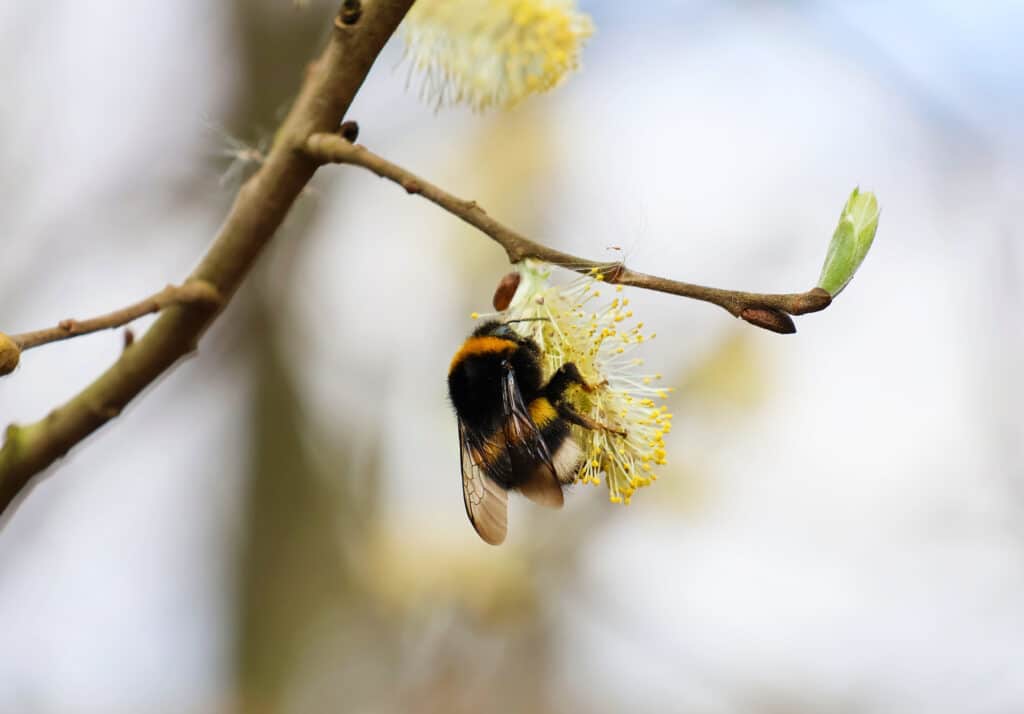
Only Local Delivery Available (Long Island & Queens)
Ground Shipping Paused
To protect our plants from extreme summer heat, we’ve paused nationwide ground shipping to avoid any damage during transit.
Local Delivery Only
We’re still delivering locally to Long Island and Queens, so nearby customers will continue to receive orders as usual.
Fall Pre-Orders Are Open Nationwide!
We will resume normal shipping for non-local orders placed during the pause in early September.
Thank you for your support and understanding—we’re looking forward to growing with you this fall!